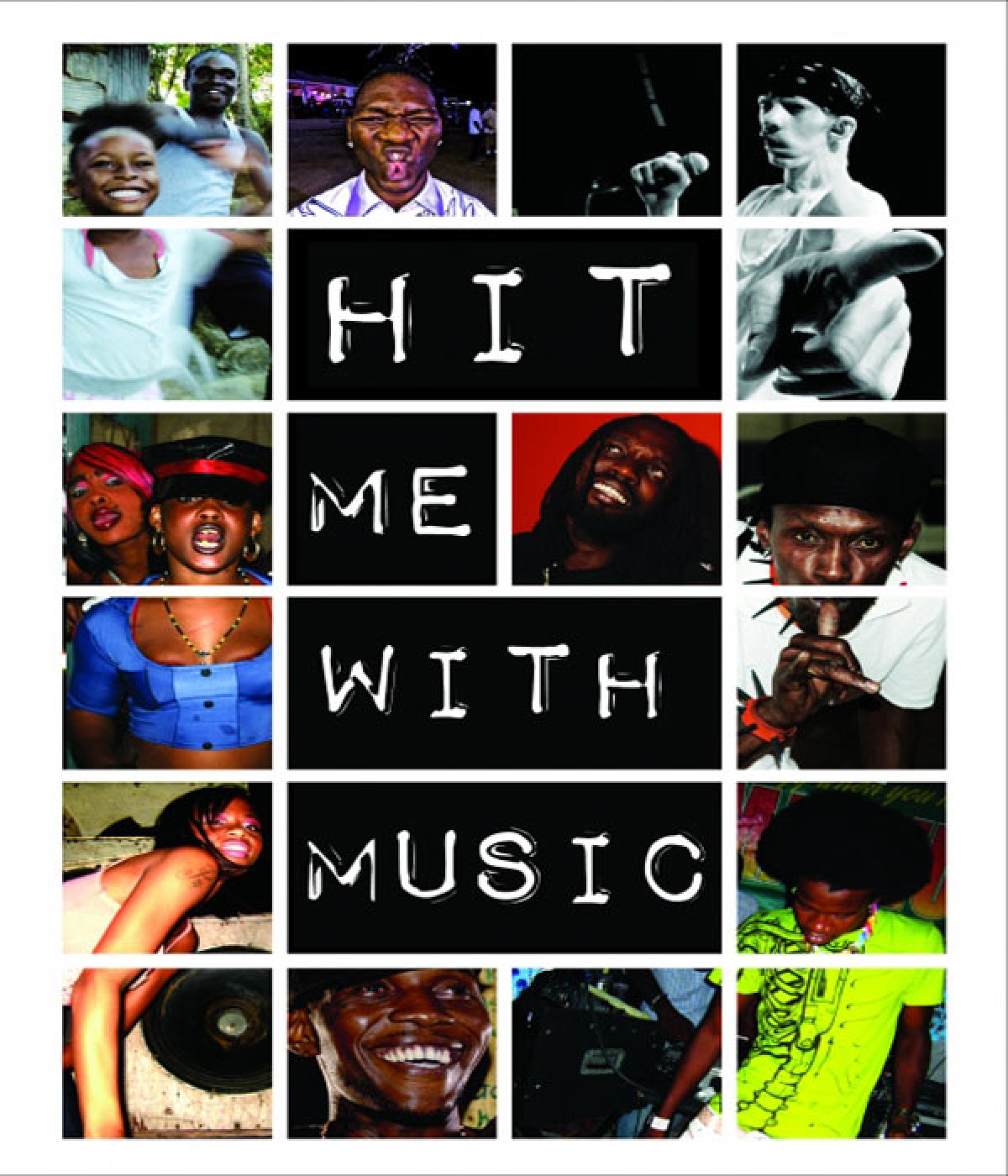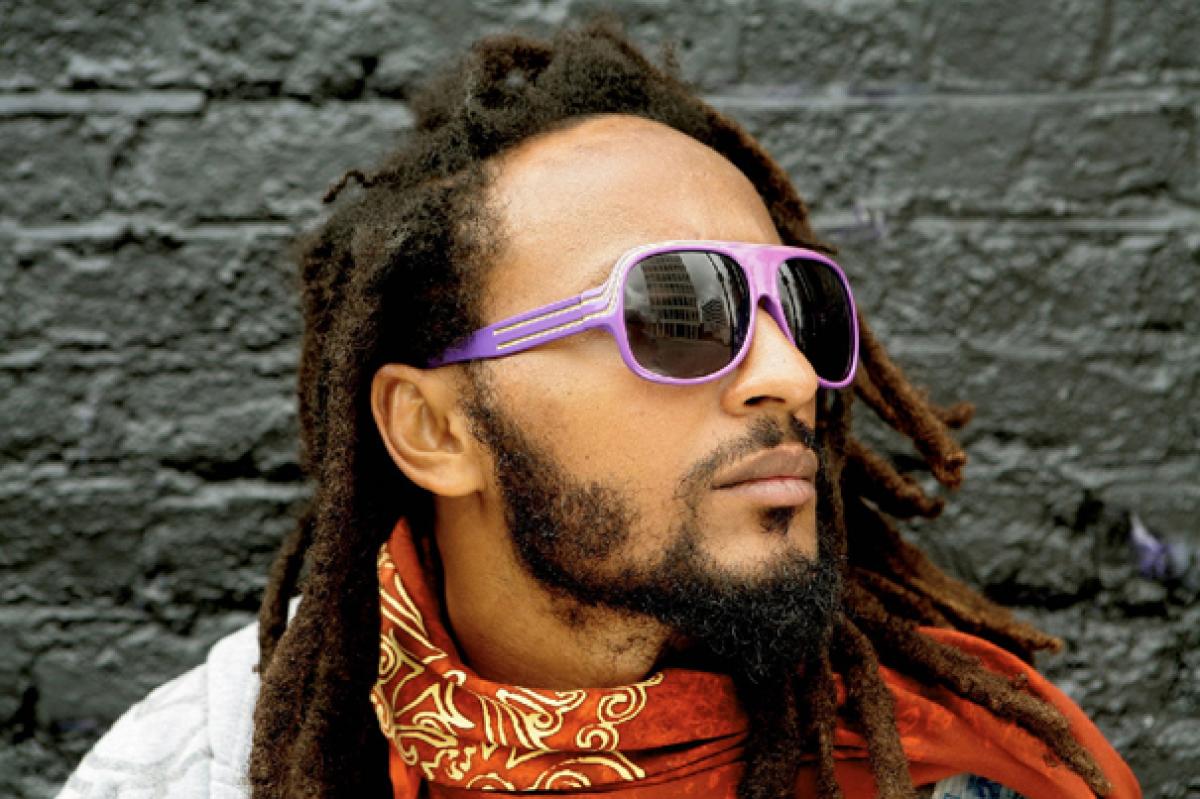
Spectacular Copulative Dance Today
Rather than dance, critics have alleged, «daggering», «perreo» and the like are little more than heavy petting in public – a corruption of courtship and a shameful activity for young innocents. An Overview. From the Norient book Out of the Absurdity of Life (see and order here).
«Hagamos el amor con la ropa / siente la pasión del reggae», intones Puerto Rican reggaetonero Speedy, unabashedly linking the sensuality of reggae music to a phrase more often used to demean the risqué moves at the heart of reggaeton. Rather than a dance, critics have alleged, the perreo is little more than heavy petting in public – a corruption of courtship and a shameful activity for young innocents. Speedy’s refrain tellingly embraces this definition: making love with clothes on sounds just fine to him and his audience.
In the documentary Straight Outta Puerto Rico, producer Jorge Oquendo confesses with some embarrassment that the perreo «simulates the intercourse between dogs.» Of course, despite the obvious nod to canine copulation in the dance’s name, this is how humans do it too. Terms like perreo or doggystyle simply bear witness to our enduringly missionary position on the issue.
A Sexually Loaded History
Sexual pantomime runs deep through dance, not surprisingly, and moral panic right alongside. In the New World and trans-colonial Europe, Afrodiasporic rhythms like reggaeton’s dembow (for some, a synonym for perreo) have repeatedly engendered the kind of intimate dance that provokes policing along the lines of race, class, and age, usually under the banners of Christian moral authority or the civilizing imperatives of nation-building.
Among other predecessors of perreo, consider the European reception of the zarabanda, a high-energy dance first recorded in Panama in 1539. In his book on the music of Cuba, Ned Sublette describes the zarabanda as «a mimetic dance that simulated sexual action» which «ruled» dance floors in Spain for 30 years around the turn of the 17th century despite clergy attempts to suppress it with threats of whippings for men and exile for women.
Another fascinating forbear appears in new research from historian Lara Putnam who turned up archival evidence of weekly «reggee» dances held in the early 1930s by West Indian migrants to Costa Rica. Propelled by jazz, mento, and tango and tarred by reports of coarse language, public drinking, and vulgar dancing, the parties appear in local newspapers as causes for concern, at odds with notions of racial uplift held by local editorialists who recommended that organizers instruct musicians «not to play any pieces which may be a temptation to those spectacular copulative gyrations.»
To this day, debates about putatively «dirty» dancing play out through nearly the same set of frames. Recent years, especially with the advent of camera-phones and YouTube, have witnessed remarkably familiar local debates triggered by strikingly similar public displays of pleasure and play.
Take daggering, for example, a particularly spectacular – indeed downright cartoonish – incarnation of this timeless dance, which certain observers and artists have linked explicitly to traditional Afro-Jamaican cultural practices, as in kumina.
The latest «slack» variation to emerge from Jamaica’s dancehall reggae tradition, long in thrall to the bawdy and the body, daggering takes its name from violent thrusting movements that suggest stabbing more than sex (and in its worst moments comes closer to gang-rape than role-play – sometimes with brutal results. Despite nearly deconstructing itself with such exaggerated antics, in 2009 daggering prompted the Broadcasting Commission of Jamaica to ban the playing of songs that refer to the craze.
Daggering as Sexual Pantomime
For its part, the perreo was nearly banned in 2002 by the Senate of Puerto Rico, which held public hearings led by Senator Velda Gonzalez. Spurred by local religious organizations, Gonzalez sought to censor reggaeton lyrics and videos and railed against «dancing in a way that incites the sexual act.»
Although these efforts proved unsuccessful – and reggaeton commercially triumphant – the spread of reggaeton and perreo to other countries in the Americas has seen the same anxieties replayed for ratings on TV news. Some critics frame the dance as an indecent objectification of women; others argue that perreo inverts the typical power relations of partner dance by letting women lead.
In 2005, fed by sensationalist media coverage and viral videos, Peru’s «perreo chacalonero» used the local sounds of chicha to propel scenes of sexual pantomime that might make a Jamaican blush, especially given Peruvian teenagers’ tendency to simulate a wider range of acts than perreo’s classic back-to-front pose. Thanks to YouTube, the dance reanimated long-stewing, racialized national antagonisms between Peru, Chile, and Argentina.
Likewise, the recent choque craze in Colombia, an acrobatic beat-matched bump that sits somewhere between the collisions of daggering and more suave forms of perreo, inspires anxiety on the nightly news as it elicits confused comments from international YouTube viewers lacking a local frame for interpreting commonplace scenes of same-sex bumping.
Aptly enough, the choque returns «the bump», known by most as a corny disco step, to its origins in New York’s underground gay dance scene of the early 1970s, where it emerged not as «the cute little hip-hugger, tushie-touching step that it became in the straight world», in the words of Albert Goldman, but as «a frank pantomime of buggery». Just as it is hardly surprising that such a dance would be cleaned up for the US mainstream, it’s no shocker that «grinding» or «freak dancing» – a North American analog to the Caribbean’s copulative gyrations – has been outlawed at high schools around the country.
Despite such efforts, making these dances disappear would seem akin to ridding the world of horny young people. Speedy’s iconic invocation of reggae’s passion and the sort of dancing it inspires was definitely something intuitively understood by me and my high school peers in the early 1990s, crowding into a pulsing mass of limbs and torsos anytime dancehall reggae’s distinctive rhythms bubbled through the speakers. Fortunately for us, the adults chaperoning our dances back then didn’t seem to mind a little bump and grind.
This text has been published first in the Norient book «Out of the Absurdity of Life».
Biography
Published on January 14, 2012
Last updated on April 10, 2024
Topics
From political music in the GDR, the trouble of punk musicians in China and the dangerous life of kurdish folk singers in Turkey.
From breakdance in Baghdad, the rebel dance pantsula in South Africa to the role of intoxications in club music: Dance can be a form a self-expression or self-loosing.
Desires are produced personally and impersonally: About music as desiring machine and the elasticity of bodies.

